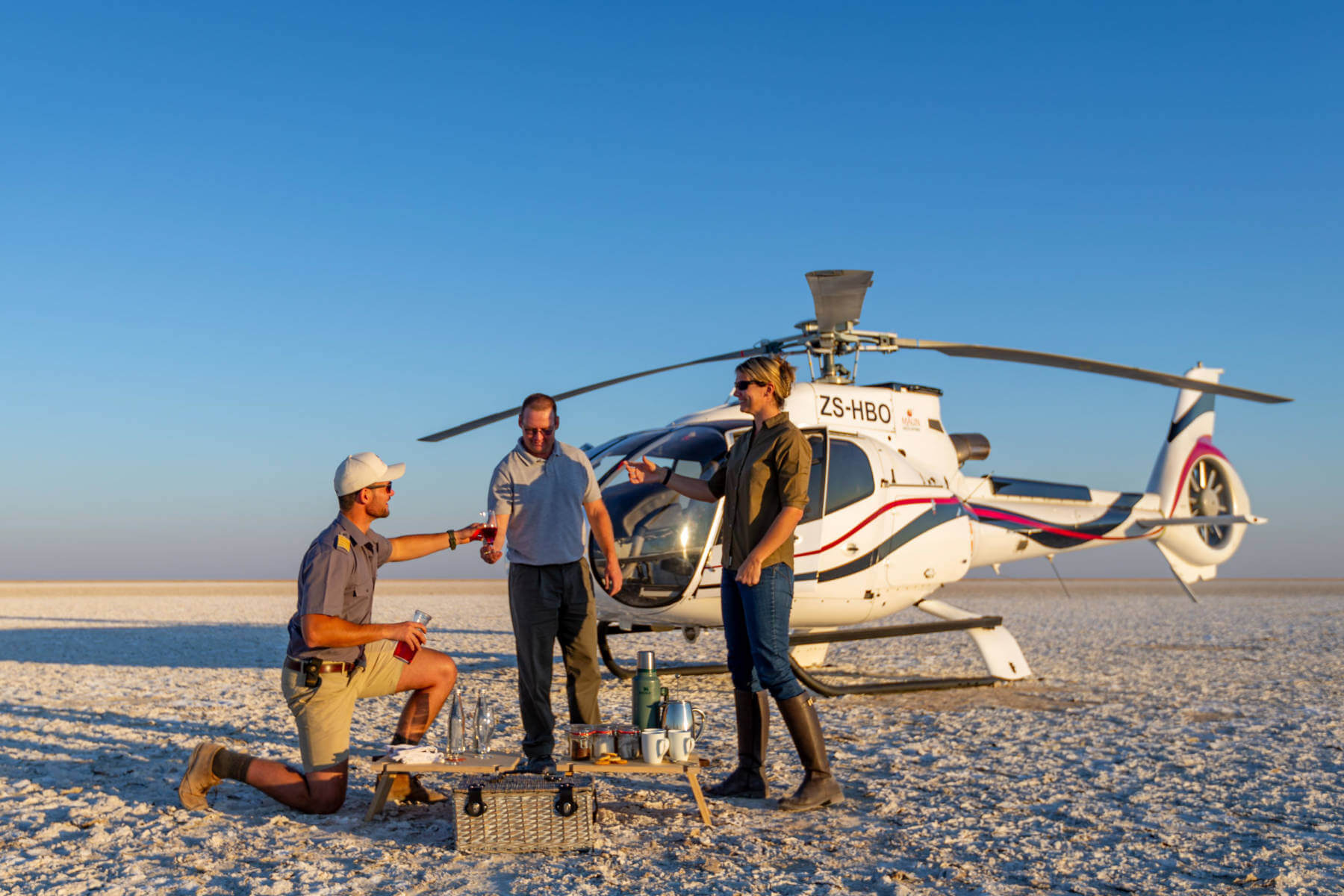September 8, 2022
Kopi Dulu – Caffeine-fuelled travels through Indonesia
As I parked the car on the sand at Ara beach, on the south-eastern coast of Sulawesi, I caught the pleasant smell of fresh-cut wood carried on the salty sea breeze.
There was the scent of smoke too, from cooking fires outside a tarpaulin shantytown at the edge of the palms. It was a group of Orang Bajo people—sometimes known as Sea Gypsies. But these were the only truly nomadic Orang Bajo I’d ever met in Indonesia. They’d been camped here, alongside their jerangka outriggers, for several weeks. Soon, they’d be packing up to follow the schooling fish up the coast and find a new camp in the lee of the monsoon winds.
Farther up the beach, I could see the rearing bow of two traditional phinisi schooners, resting under the shade of their own tennis-court-sized tarpaulins. In 2017, the ancient phinisi shipwright tradition was recognized by UNESCO as part of ‘mankind’s intangible heritage’.
It seemed to me, however, that there was something very ‘tangible’ indeed about 100 tons of ironwood being honed into rocket-shaped hulls. These days, the talents of the Ara boatbuilders are increasingly in demand with discerning sailors who are aware that these beautiful ships—so reminiscent of the age of exploration—are
the perfect vessels for luxurious island-hopping and live-aboard dive charters. Master shipwright Haji Wahab had told me, when I’d met him at his beautifully crafted stitled timber house in Ara village, that a basic twenty-metre ironwood phinisi could be made to order for about US$100,000. Some of the finest vessels produced on this coastline have been valued at closer to 10 million dollars when completed.
I don’t know what I’d expected from the celebrated Konjo shipyards. Perhaps something along the lines of a Western shipbuilding community, complete with drydocks and chandlers. Or, at the very least, slipways. After all, these were not humble fishing skiffs.
Yet, unbelievably, I could see now that these immense vessels were being built high and dry on the sandy beach. The method by which, even today, the Konjo shipwrights of Ara still launch these enormous vessels must be one of the greatest feats of traditional engineering in human history.
I remembered Dominique Gerardin, the man who in 2014 oversaw the construction of the biggest phinisi ever built, telling me how it took two months to launch the 400-ton hull of Lamima: ‘Fifty workers hauled it by hand, averaging about five metres of headway a day,’ he recalled. ‘They built a sort of slipway made with 18,000 sandbags weighing about fifty kgs each.’
Even today, such Herculean tasks—as unimaginable, in its own way, as the building of the pyramids—are completed without the aid of machines or even electricity. The biggest phinisis are still hauled with a system of chains on temporary skids known locally as ‘chicken legs’ and the launching process must be perfectly timed so that the boat reaches the end of the slipway on the day of the full moon, when the tide is at its highest. At that point, the sandbags are split open with long lances and—if the spirits are happy that all has been done according to tradition—the phinisi is ‘born.’
‘A boat is not just an object,’ Haji Wahab told me as we watched men working on a thirty-metre hull. ‘No matter what size it is, a boat—like a human—must naturally take exactly nine months to be born. If it’s a small boat, we might only have five men working on it, but if it’s bigger, there might be fifty workers.’
The work was still carried out largely by hand, using machetes and hand-drills, or with the local adze, known as a bingkung, that was used for gouging the immense hardwood logs. The engineering aspects were only part of the phinisi art, however. Haji Wahab clued me in on how magic and a unique tradition of nautical animism also played a vital part. As a boatbuilder, he always worked in tandem with a specialist shaman who was versed in the many ceremonies that must be completed before a boat can be safely put to sea.
‘There are many types of phinisi these days,’ the Konjo master shipwright told me, ‘but if the builder doesn’t go through the necessary ceremonies to bring it to life, it can’t really be considered a true phinisi at all.’
We walked farther along the beach to where the ironwood curve of a smaller boat rose above the sand. This was a project that had just been started and the keel-laying ceremony was yet to be completed. First a chunk of timber—cut from the tip of the keel where it rose above the deck—would be thrown into the ocean so that the boat’s timbers would have nine months ‘to become accustomed to the saltwater.’
Finally, before launching, there is another ceremony when a goat, or just a pair of chickens, is slaughtered on deck and the blood is spread over the bow. In the most prestigious phinisis, a buffalo might be deemed necessary and a gold ring would be inserted into the hole in the keel to bring good fortune.
The best modern phinisi are the perfect symbiosis between international maritime design and traditional Konjo knowhow. I’d interviewed experienced marine architects who had worked on these projects, and I knew that they had been astounded by the pure seafaring instincts of master shipwrights who were capable of planning complex hull structures in their heads, without the need for blueprints or plans.
‘The best Konjo boatbuilders can sketch a design in the sand and their teams will spend nine months constructing a 400-ton sailing ship to a level of flawless perfection,’ one marine architect had told me.
Modern phinisi that have to be loaded with machinery and superstructures must be radically different from the old sailing designs and I wondered if strength was ever compromised by all that weight.
‘As long as you can access big enough timbers, you can build big boats without sacrificing strength,’ Haji Wahab replied. ‘The limiting factor these days is the availability of timber. We Konjo people are effectively carpenters—we must go where the wood can be found.’
Big trees, suitable for shipbuilding, have long since ceased to exist in South Sulawesi and, with a growing demand for increasingly large vessels, the people of Ara had begun to look farther afield for industrial size timbers. Kalimantan was one of the few places in the region where the raw materials for their ancient craft could still be found and Haji Wahab told me that there was now a Konjo community at a place called Batu Licin in South Kalimantan. A traditional boatbuilding community at ‘Slippery Rock’ in Borneo sounded intriguing.
I added it to my ever-growing list of Indonesian locations that I still wanted to explore.
To buy this book please click here
Accreditation: “Published with permission from Penguin Random House SEA”
©Mark Eveleigh, 2022







